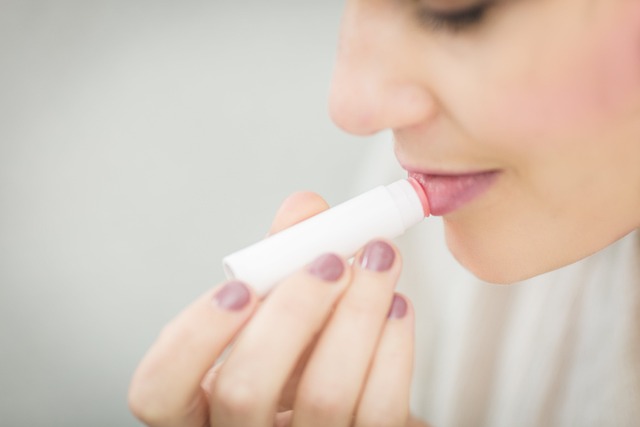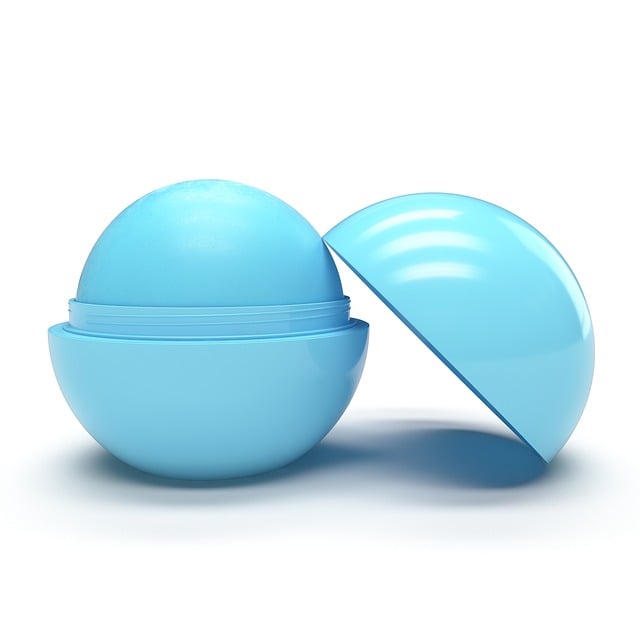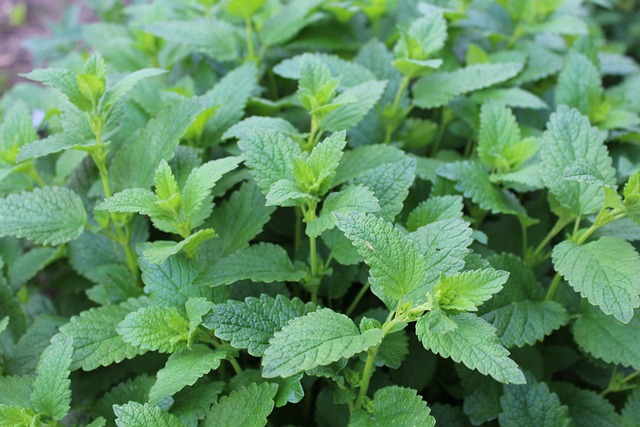Tinted lip balms are multifunctional skincare products that combine hydration with a pop of color for your lips. These balms feature a blend of emollients to keep lips moisturized, pigments for vibrant colors, and waxes like carnauba or beeswax to determine their finish. For added benefits, some include sunscreen agents like avobenzone and octinoxate to protect against UV rays. The use of synthetic dyes, derived from sources such as coal tar and synthetic organic compounds, ensures stable and vivid colors that cater to various skin tones while adhering to safety standards. Flavoring agents and sweeteners are also present to enhance the sensory experience without compromising safety, as regulated by bodies like the FDA. It's important for consumers to opt for products from reputable brands that disclose all ingredients transparently and comply with health regulations. While tinted lip balms with sunscreen can offer some protection against the sun, they are best used as part of a broader sun safety routine rather than a sole defense against UV radiation.
Explore the multifaceted world of tinted lip balm, where a blend of pigments and additives create more than just color. This article peels back the layers to reveal the chemical cocktail within these cosmetic staples, examining everything from synthetic colors that give lips a pop of hue, to flavoring agents and sweeteners that enhance the sensory experience. Additionally, delve into the inclusion of sunscreen chemicals in these products, balancing their protective benefits against potential concerns. Join us as we decode the ingredients in tinted lip balm that make it both a cosmetic delight and a subject of scientific scrutiny.
- Unveiling the Chemical Composition of Tinted Lip Balm: A Closer Look
- Synthetic Colors and Their Role in Tinted Lip Balm
- The Presence of Flavoring Agents and Sweeteners in Lip Balm Formulations
- Understanding Sunscreen Chemicals in Tinted Lip Balms: Protection or Concern?
Unveiling the Chemical Composition of Tinted Lip Balm: A Closer Look

Tinted lip balms are more than just a splash of color on your lips; they are formulated with a carefully curated blend of pigments and moisturizing agents to enhance both appearance and comfort. The chemical composition of these products typically includes emollients, which provide the nourishing properties that keep lips hydrated. These substances work by preventing moisture loss from the skin, ensuring that your lips stay soft and supple. Additionally, the pigments responsible for the tint are chosen for their stability, safety, and ability to adhere evenly to the lip surface, delivering a consistent color payoff without compromising on texture. Common pigments include iron oxides and lake dyes, which are known for their durability and vibrant hues. These components are combined with waxes like carnauba or beeswax to give structure and a matte or glossy finish depending on the desired effect. Furthermore, additional ingredients such as sunscreen agents may be included to protect the lips from UV damage, and flavoring agents to enhance sensory pleasure. It’s crucial for consumers to understand that the safety and efficacy of these chemicals are regulated by the cosmetic industry, adhering to strict standards set by regulatory bodies to ensure that tinted lip balms are safe for use on a daily basis.
Synthetic Colors and Their Role in Tinted Lip Balm

Tinted lip balms are formulated with a blend of synthetic colors that enhance their appealing pigments, making them both functional and fashionable. These synthetic colors serve to add vibrancy and a range of hues to the lip product, ensuring consumers can find a shade that complements their skin tone. The use of synthetic dyes in tinted lip balms is a common practice within the cosmetics industry due to their consistency, durability, and safety when used in appropriate concentrations. These dyes are derived from various sources, including coal tar and synthetic organic compounds, which undergo rigorous testing to adhere to cosmetic safety standards. The inclusion of these colors not only improves the aesthetic appeal but also ensures that the lip balm remains true to its color even after application, providing users with a consistent and long-lasting tint on their lips. Additionally, advances in technology have led to the development of safer synthetic dyes, addressing any historical concerns about their use. This commitment to safety and quality is paramount in consumer products like tinted lip balms, reflecting the industry’s dedication to offering products that are both alluring and beneficial for use on the skin.
The Presence of Flavoring Agents and Sweeteners in Lip Balm Formulations

Tinted lip balms are formulated with a blend of ingredients that include both flavoring agents and sweeteners to enhance their appeal and usability. These additives serve not only to impart a desirable taste but also to enrich the sensory experience, making the lip product more than just a cosmetic accessory. Flavoring agents used in tinted lip balms can range from fruity to minty, depending on the desired effect and brand preferences. These flavors are carefully selected to complement the natural or artificial scents present in the formulation. Sweeteners, on the other hand, are incorporated to subtlety sweeten the lip balm, often contributing to a more pleasant application experience, especially for those who enjoy a hint of sweetness. While these components are typically present in smaller quantities compared to other ingredients like emollients and pigments, they play a significant role in the overall user satisfaction with tinted lip balms. It’s important for consumers to be aware that while these agents enhance the sensory aspects of the product, their presence should not compromise the integrity or safety of the lip balm. Regulatory bodies like the FDA set guidelines and standards for the use of flavoring agents and sweeteners in cosmetics to ensure consumer safety. When selecting a tinted lip balm, it is advisable to choose products from reputable brands that clearly list their ingredients and adhere to these regulations. This ensures that the flavoring and sweetening elements used are safe for topical application and do not pose any health risks.
Understanding Sunscreen Chemicals in Tinted Lip Balms: Protection or Concern?

Tinted lip balms have become increasingly popular for their dual function of moisturizing and providing a subtle color to the lips. Among these formulations, some include sunscreen chemicals to offer protection against ultraviolet (UV) rays. Understanding the role of these chemicals is crucial for consumers who seek both skincare benefits and sun protection. Sunscreen agents in lip products, such as avobenzone or octinoxate, work by absorbing or reflecting UVA and UVB rays, thereby safeguarding the lips from harmful solar radiation. However, the presence of these chemicals raises questions about their safety and efficacy within a product primarily designed for hydration.
When evaluating tinted lip balms with sunscreen, it’s important to consider the concentration of active ingredients, as this can influence the level of protection offered. Consumers should be aware that the effectiveness of these chemicals in lip balm formulations might differ from standalone sunscreens due to the different application methods and base compositions. Additionally, concerns about potential irritation or allergic reactions, especially with sensitive skin around the lips, necessitate careful selection of products. It’s also vital to note that while these lip balms can provide some defense against the sun, they are not substitutes for broader sun protection measures. Users should apply a generous amount of sunscreen to other exposed areas and reapply frequently to maintain sufficient protection throughout the day.
In conclusion, the multifaceted nature of tinted lip balm extends beyond its aesthetic appeal. A thorough examination of its chemical composition reveals a complex interplay between pigments, flavors, and sun protection agents. While these components serve to enhance both the functionality and desirability of the product, it is imperative for consumers to be well-informed about the ingredients present in tinted lip balms. Understanding the role of each chemical, including synthetic colors and flavoring agents, ensures that users make informed choices aligned with their personal preferences and safety considerations. Moreover, the inclusion of sunscreen chemicals necessitates a balanced perspective on their benefits for protection against UV radiation versus potential concerns regarding overexposure. As such, the article underscores the importance of transparency in cosmetic formulations, advocating for informed decision-making by both manufacturers and consumers in the realm of tinted lip balm.
